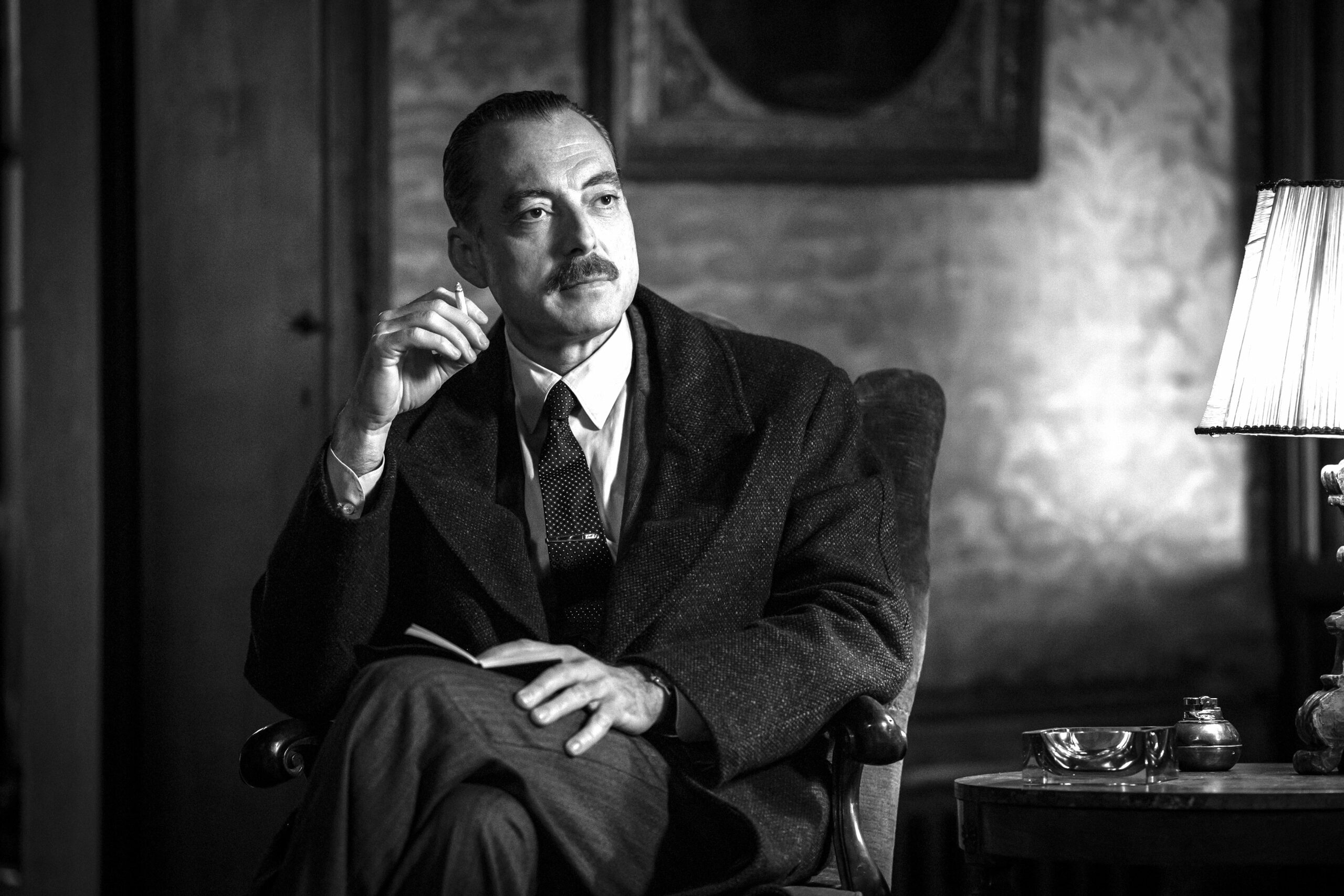The workshop at Brian’s Plumbing Works may seem like a jumble of faucets, fixtures, old ceramic sinks, and tools, but there is careful organization here. Tools are arranged at their stations. Under the workbench, there are cubbies full of tool kits. Various projects wait in boxes, cataloged and ready for parts to arrive. This is a workshop of creativity, design and invention.
Brian demonstrates how to tap a new seat in a brass fixture. He points out the brass filings drifting from inside the fixture as he works; he is clearly in his element.
“I don’t just see just fixtures,” he says. “I look at lavs, toilets, and tub valves and I see engineering.”
Brian Marrone is no ordinary plumber. He specializes in the restoration of vintage plumbing fixtures. He sees the fine details in life – a necessity in a profession where overlooking detail means the difference between success and failure. As he puts it, “I don’t go home until the water is back on.”
His excellence in restoration work has brought in customers from as far away as England, a project which he assessed and coached entirely by email after shipping over the proper parts. Much of his contacts come word of mouth or through his website, www.plumbing-geek.com. The site is full of first-hand knowledge written in a conversational tone. “I give people real working information, accurate and useful information in layman’s terms.”
Brian is the fourth of 12 children, born and raised on Long Island, NY. His grandparents, Angelo Marrone and Josephine Fillipone, both emigrated from Castellammare di Stabia, located along the Italian coastline just south of Naples. His father, Dominick served in WWII and was on a ship’s gangplank headed back to Europe when the war ended.
When Brian was a child, the family moved to Westbury, in a neighborhood where they were the only Catholic, Italian family. He remembers being the target of neighborhood taunts. “I understood there were prejudices, but it just wasn’t in me,” he says. “I was always the guy who could accept anybody.”
A highlight every summer was the annual family gathering at one of the estates on Long Island. “That was really a stern tradition. We had huge family picnics and there were masses of people. We always had bocce.”
The Marrone family left Long Island and settled in Portland in the late 1960’s. After high school and a couple odd jobs, Brian joined the Navy and served in the Hospital Corps. During his service, he also worked as a mechanic in the Base bowling alleys wherever he was stationed. After his discharge, he moved to Mulino where he met his wife, Sandy. They married and over time, welcomed son Peter, daughter Nicole and son Victor.
During those early years, Brian worked in bowling alleys and attended college until 1978 when he took a job at a plumbing company. He laughs that he was not their first choice. “When I got there, the boss held up a shovel. He said, ‘you were our second choice. Our first choice showed up this morning and said he wouldn’t dig; what do you say?’”
With his innate mechanical abilities, Brian excelled at plumbing work, and eventually opened Brian’s Plumbing Works in 1984. He has worked all types of plumbing jobs, but found his greatest challenge and satisfaction in the repair and restoration of vintage plumbing fixtures. It has become the focus of his business.
Brian is a storyteller in the true sense of the word. Whether in conversation or his written word, he likes to create a place, fill it with characters and then pull you in. He has dabbled in writing since college. “I wrote horrible poetry after I got out of the service,” he says. “But I wrote and read a lot in college. I would pick an author and read their entire body of work. I read the entire Lord of the Rings series in two weeks sitting behind the lanes of a bowling alley.”
A few years ago, when his sister-in-law asked him to write for her blog, he went on a month-long writing binge. “I wrote 30,000 words in 31 days. I revised it five times and ended up with 102,000 words in 40 chapters.”
It was a great exercise in character development but the work was lacking in description. “Once I invent my characters, I become a chronicler and write their stories as they tell them to me. But in my view, the artist’s job is to transport the reader, to take them elsewhere and if he doesn’t, then he isn’t doing his job.”
Over the years, Brian has developed his skill for writing description, creating places where his characters dwell. He is rather eclectic; he writes about everything because he says, “Everything is a story.”
In the Pinwheel, he takes only a few short paragraphs to tell the story of a boy becoming a man who loses and then rediscovers the magic of a simple toy:
“I see a little girl, holding a pinwheel; she is spinning in place and holding it out, to make it go,” he said smiling.
“That’s a nice thing to picture,” she said. And then she told him what she saw, and so they went, playing the game of imagining. They saw each other again and again, till they could not bear to be apart.
They were together many years, and they learned the art of holding the worlds of fact and fancy in balance, and that was the greatest magic of all.
“A story will grab me in one of several ways,” Brian explains. “I will think of a sentence and that gets me going; a mental image will get me going; a supposed scenario will get me going; or I will consciously think of a situation between two distinct characters. Sometimes I dream a story and I get up in the night and write.”
In The Hard Boiled Plumber, he channels Raymond Chandler:
The coffee was black and rich and I wanted more but more would sour my stomach. ‘What the hell,’ I thought, the ‘news would do that anyway.’ I was going to heat it up when the phone made its money noise. The phone was like a salaried employee; it made the same noise for money going out as it did for money coming in. This call just happened to be income.
“I write for me,” he smiles. “Don’t get me wrong, I like people to read my stories but I don’t have notions of being discovered. I don’t aspire to a direction; I only aspire to a voice. I want to hear my voice and discover new characters.”
In Joseph and the Forest Folk, he reveals his whimsical side:
The former occupants of Joseph’s tree were a hive of honeybees. He was not sure why they had left such a lovely abode. Joseph thought that perhaps the queen bee had gone out for some reason of her own, slipping past the usually very attentive drones and that the entire hive had followed in her wake setting up a new hive wherever she had finally alit. In any case, there was neither honey nor wax by the time Joseph had taken up residency. There was however, a charming fragrance of honey coupled with the rich aroma of old wood.
He considers his short story, Gillian, to be his best work. In it, he chronicles the halting start of a relationship between a man unsure of himself and a woman tired of being underestimated.
Mixing plumbing and writing is an interesting legacy. “To me it is best expressed in the simple statement, ‘What can’t be done?’ Someone else will say, ‘that can’t be done.’ I just automatically think I can do it. It is so fundamental to me.”
Read more from Brian at brianmarrone.blogspot.com




























